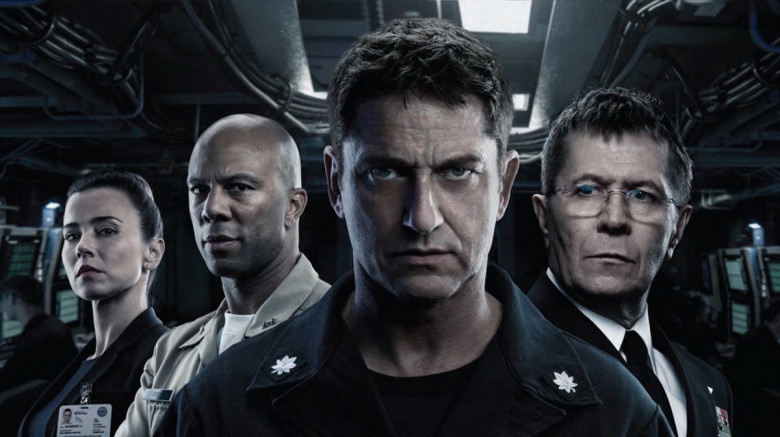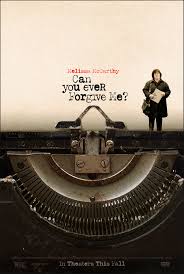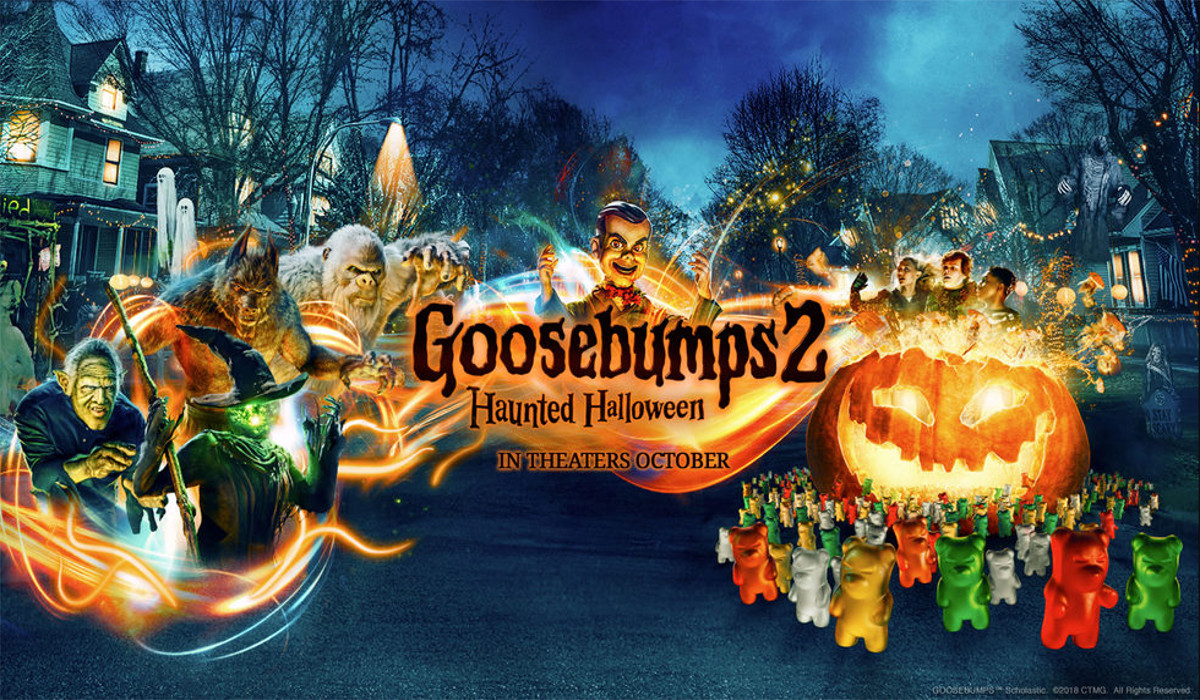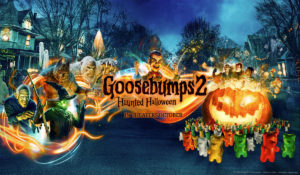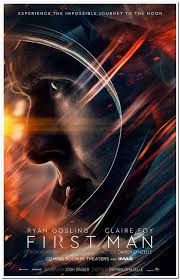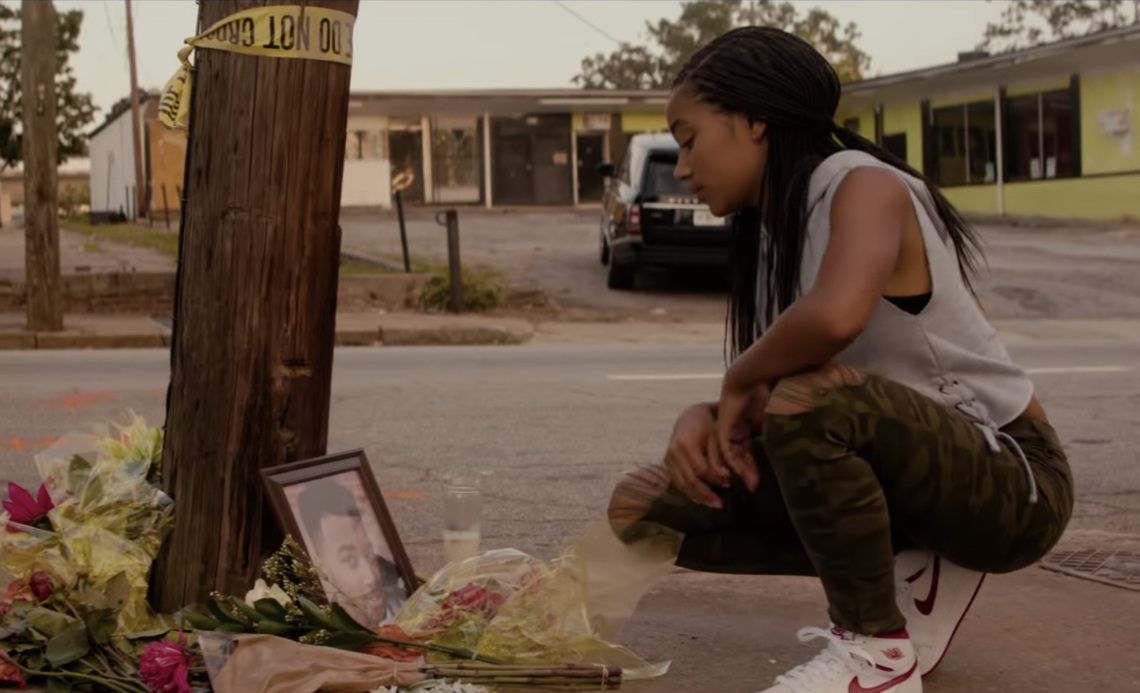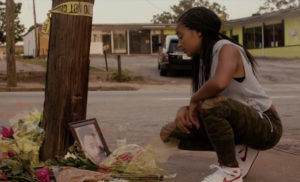Hunter Killer
Posted on October 25, 2018 at 5:44 pm
B| Lowest Recommended Age: | Mature High Schooler |
| MPAA Rating: | Rated R for violence and some language |
| Profanity: | Some strong language |
| Alcohol/ Drugs: | None |
| Violence/ Scariness: | Extensive military action, peril, and violence, guns, explosions, many characters injured and killed |
| Diversity Issues: | None |
| Date Released to Theaters: | October 26, 2018 |
| Date Released to DVD: | January 27, 2019 |
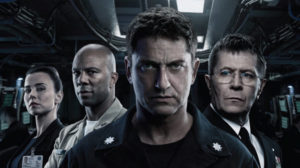
Submarines provide instant drama because they are as closed off from the rest of the world as it is possible to be in the era of instant global communications. The officers have to make life and death decisions not only for themselves but sometimes for the whole world with limited information and ability to get orders from their commanders. They are stuck with each other in a setting that combines the maximum of isolation with the highest of stakes. That is why there are so many memorable submarine movies, from “The Hunt for Red October” to “Crimson Tide” to “U-571,” “Das Boot,” and even “20,000 Leagues Under the Sea.” There are also often fascinating details about the technology involved. And that is why Gerard Butler‘s latest movie about saving yet another world leader from personal and geopolitical catastrophe, “Hunter Killer,” holds our interest, despite the preposterousness of the plot.
The president of Russia has been kidnapped in a coup, and according to this film the only chance of rescue is up to the US Navy Seals and the captain of a US Navy submarine. If you can get on board with that idea, the mechanics and action should keep you on board through the end.
Butler plays Captain Joe Glass and we know he is a good guy because we first see him about to shoot a deer with a very manly bow and arrow but then decide not to when he sees the deer’s sweet mate and their baby. We see he is scrappy and tough but fair as he introduces himself to his new crew. He explains that he is not one of those fancy-pants Annapolis grads who learned what they do in a classroom. He’s an up-from-the bottom scrapper who will demand the best because he has had their jobs and knows what is possible.
It is really three movies in one as four Navy Seals enter Russia, first to get intel, and then, after their cameras reveal the coup, to rescue the kidnapped Russian president, the top brass in the Pentagon, including a skeptic (Gary Oldman), an intelligence officer (Linda Cardellini), and the decent guy trying to hold it together (Common), and then the attack sub led by Captain Glass. The other name for an attack submarine is hunter-killer.
The action scenes are powerfully staged, with outstanding sound and visual effects. And the film skillfully balances the big booms with the small moments between the (mostly) men. The film’s most compelling scene is when Glass has to find a way to gain the trust of a Russian captain (the late Michael Nyqvist, showing canny grizzled wisdom) very quickly and the two men recognize that they have more in common with each other than they ever will with the guys back home giving them orders based on politics and computer screens. Toby Stephens is also excellent as the leader of the Navy Seals.
There’s a lot of tech talk and tough talk and thousand yard stares. But there’s also some impressive action and a storyline that, let’s face it, is no more outlandish than current headlines and much more satisfying.
Parents should know that this film includes extended military peril and violence, guns, bombs, explosions, kidnapping, political coup, characters injured and killed, a brief crude reference, and strong language.
Family discussion: What difference did it make that Captain Glass had served as a crewman? What made the Russian and American captains trust each other?
If you like this, try: “Under Siege” and “The Hunt for Red October”

